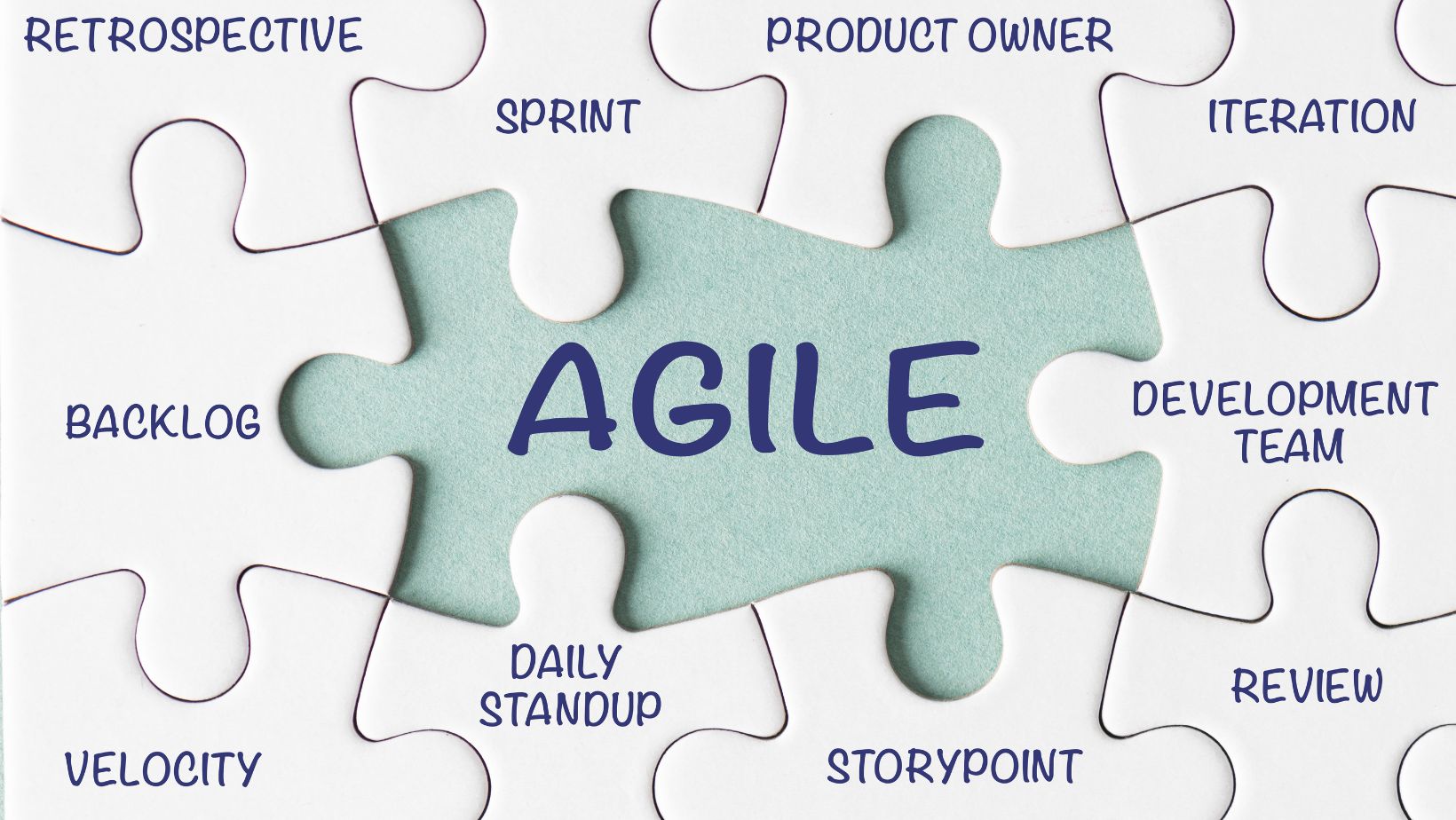End-to-end testing is a crucial component in the Agile software development lifecycle, where a system is validated from start to finish in the user’s environment. This type of testing ensures that interdependent components within a system function together as expected, safeguarding the application against complex issues. In an Agile environment, where changes are frequent and incremental, End-to-End testing helps maintain system integrity with every new feature or update released.
Conducting End-to-End testing in Agile requires a systematic approach, from defining test cases to executing them in production-like scenarios. Testers simulate user behavior, and data flows throughout the application to identify potential issues. These tests are vital for verifying that the entire system functions correctly and that there are no disruptions in service from the user’s perspective. This methodology underscores the benefits of end-to-end testing by ensuring a seamless user experience and consistent application performance despite frequent Agile iterations.
Key Takeaways
- End-to-end testing validates complete system functionality within user environments.
- Agile environments benefit from End-to-End testing by ensuring system integrity during rapid changes.
- Systematic application of End-to-End tests aligns with the Agile commitment to continuous improvement and quality.
Foundations of End-to-End Testing in Agile
In an Agile environment, end-to-end testing serves as a cornerstone to ensure the integrated system aligns with business goals. This form of testing intersects with the Agile principles of collaboration and frequent delivery of functional software.
Principles of Agile Methodology
Agile methodologies prioritize incremental and iterative development, allowing for flexibility and continuous improvement. The principle of customer collaboration over contract negotiation underpins the need for consistent feedback and adaptability, ensuring that the software developed is closely aligned with client needs and adjusting to changing requirements efficiently.
Role of Testing in Agile
In Agile, testing is not a standalone phase; it is integrated throughout the Software Development Life Cycle (SDLC). Teams incorporate continuous testing to ensure progress aligns with expected outcomes, facilitating early detection of issues.

The emphasis on continuous integration and deployment supports frequent releases in short cycles, which is critical for maintaining quality in rapid development environments.
Overview of End-to-End Testing
End-to-end testing examines an application’s complete workflow from the user’s perspective to ensure all interconnected components work together flawlessly. It involves verifying whether the software performs as expected in real-world scenarios, and the goal is to identify and mitigate issues that could impair the user experience or disrupt functionality. This type of testing is particularly crucial in validating complex interactions within the system.
Conducting End-to-End Testing
In an Agile environment, conducting end-to-end testing is about ensuring functionality across all system components and services. This testing validates the complete workflow as experienced by the user.
Test Planning and Design
Detailed test planning is crucial for aligning the end-to-end testing with Agile sprints. Teams should identify critical user journeys to simulate real-world scenarios. In designing tests, it’s essential to determine acceptance criteria and risk areas early on, using sources like LambdaTest to comprehend complex workflows.
Test Environment Setup
Creating an environment that closely mirrors the production system is key for end-to-end testing. One must configure all necessary hardware and software components. Indeed, it offers an insight that emphasizes mimicking real-life user behaviors to spot flaws.
Writing End-to-End Test Cases
Test cases should cover every aspect of the application, from database interactions to UI/UX. The cases must be well-documented and traceable to the requirements. AccelaTest’s guide outlines steps that include determining testing methods and executing test case creation with precision.
Running Tests and Analyzing Results
Executing tests involves both automated and manual efforts to simulate scenarios by users.

Post-execution, one has to sift through results meticulously to identify defects and verify that all components interact harmoniously.
Continuous Feedback and Iteration
End-to-end testing isn’t a one-time event; it iterates with development cycles. The progression from test results should feed back into Agile processes, always aiming to improve quality and user experience, integrating continuous testing for optimal results.
Conclusion
End-to-end testing in an Agile environment ensures that complex user scenarios work smoothly and that the system operates as intended from start to finish. It is conducted iteratively alongside other Agile practices, allowing for continuous integration, feedback, and improvement. This approach helps to mitigate risk, enhance product quality, and ensure alignment with user requirements and business goals. Moreover, by leveraging automation tools and collaborative efforts, teams can efficiently manage the evolving scope and frequent releases characteristic of Agile methodologies.














